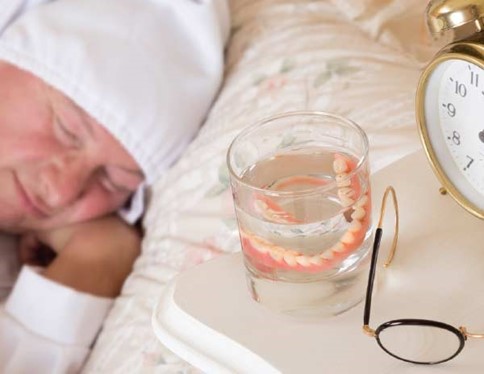A nurse is assisting in the transfer of a client who has left-sided weakness from a bed to a chair.
Which of the following actions should the nurse take?
Raise the bed to waist level before moving the client.
Pivot on the foot farthest from the bed when assisting the client into the chair.
Stand on the client’s stronger side when moving the client into the chair.
Flex hips and knees when assisting the client to a standing position.
The Correct Answer is D
The correct answer is choice D. Flex hips and knees when assisting the client to a standing position.
Choice A rationale:
Raising the bed to waist level before moving the client is not recommended because it can increase the risk of falls and injuries. The bed should be at a height that allows the nurse to maintain proper body mechanics and ensure the client’s safety during the transfer.
Choice B rationale:
Pivoting on the foot farthest from the bed when assisting the client into the chair is incorrect. The nurse should pivot on the foot closest to the bed to maintain stability and control during the transfer.
Choice C rationale:
Standing on the client’s stronger side when moving the client into the chair is not the best practice. The nurse should stand on the client’s weaker side to provide support and prevent the client from falling towards their weaker side.
Choice D rationale:
Flexing hips and knees when assisting the client to a standing position is correct. This technique helps the nurse maintain proper body mechanics, reduces the risk of injury, and provides better support to the client during the transfer.
Nursing Test Bank
Naxlex Comprehensive Predictor Exams
Related Questions
Correct Answer is D
Explanation
It can also increase the risk of denture stomatitis and pneumonia.
Dentures should be removed overnight and soaked in a denture-cleansing solution.
Choice A is wrong because rinsing dentures after meals can help remove food debris and prevent plaque buildup.
Choice B is wrong because soaking dentures in water after removal can prevent them from drying out and losing their shape.

However, water alone is not enough to disinfect dentures, so a denturecleansing solution should also be used.
Choice C is wrong because applying an adhesive to seal dentures in place can improve the fit and comfort of dentures.
However, adhesive should not be used as a substitute for poorly fitting dentures, and any excess adhesive should be removed by brushing.
Correct Answer is C
Explanation
The correct answer is choice C. “Dangle your legs over the side of the bed.” This helps prevent orthostatic hypotension, which is a form of low blood pressure that happens when standing after sitting or lying down.
Dangling the legs over the side of the bed allows blood to flow back to the heart and increases blood pressure before standing up.
Choice A is wrong because “Perform regular isometric exercises.” Isometric exercises are muscle contractions without movement, such as squeezing a ball or clenching a fist.
These exercises do not help with orthostatic hypotension because they do not improve blood circulation or blood pressure.
Choice B is wrong because “Increase your intake of protein.” Protein intake does not affect orthostatic hypotension directly.
However, staying hydrated by drinking plenty of fluids can help prevent or manage the condition by maintaining blood volume and blood pressure.
Choice D is wrong because “Use your incentive spirometer.” An incentive spirometer is a device that helps improve lung function after surgery by encouraging deep breathing.
It does not prevent orthostatic hypotension because it does not affect blood pressure or blood flow.
Whether you are a student looking to ace your exams or a practicing nurse seeking to enhance your expertise , our nursing education contents will empower you with the confidence and competence to make a difference in the lives of patients and become a respected leader in the healthcare field.
Visit Naxlex, invest in your future and unlock endless possibilities with our unparalleled nursing education contents today
Report Wrong Answer on the Current Question
Do you disagree with the answer? If yes, what is your expected answer? Explain.
Kindly be descriptive with the issue you are facing.
